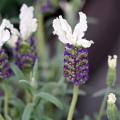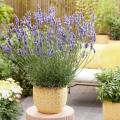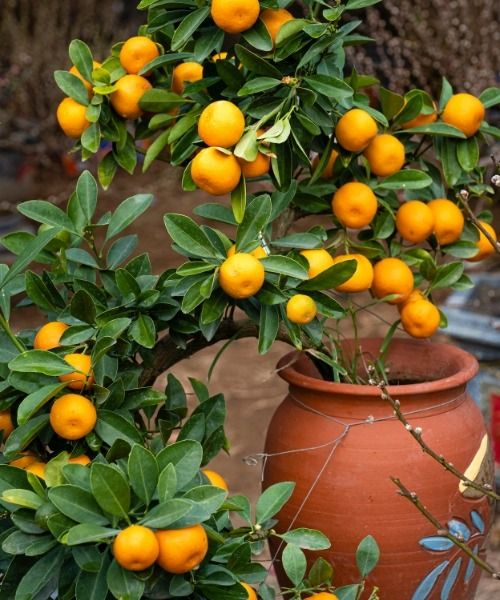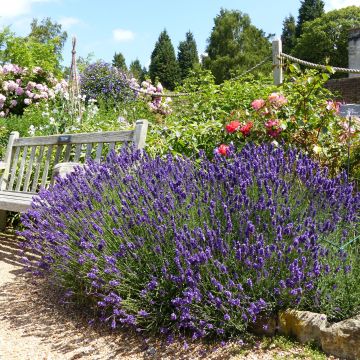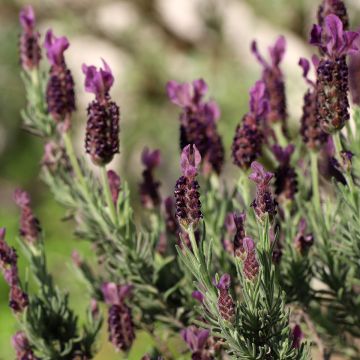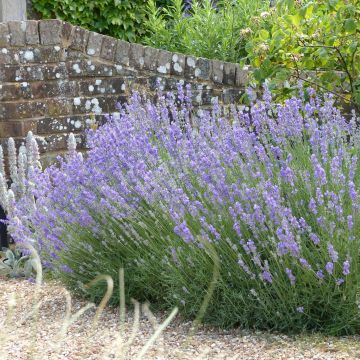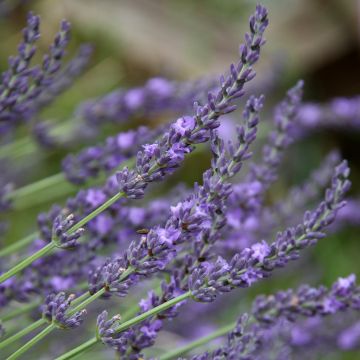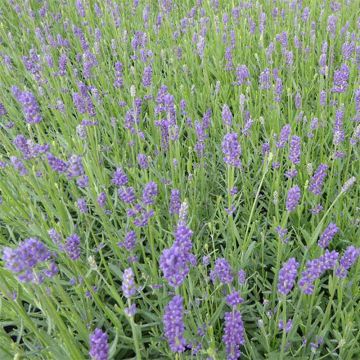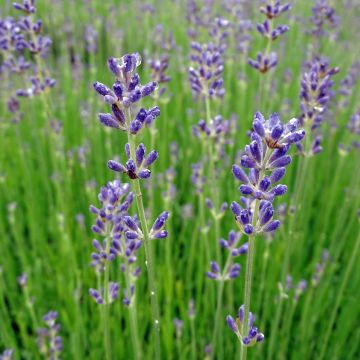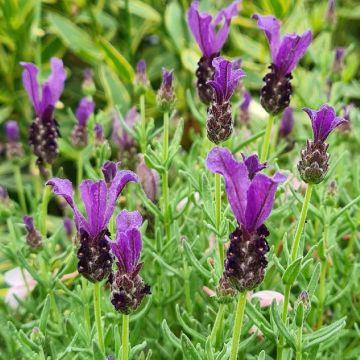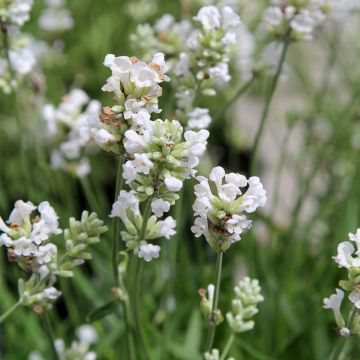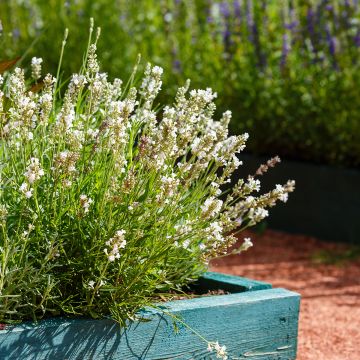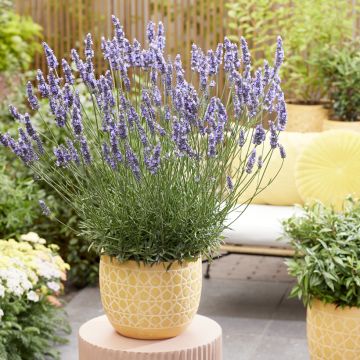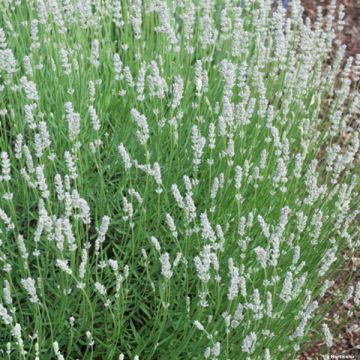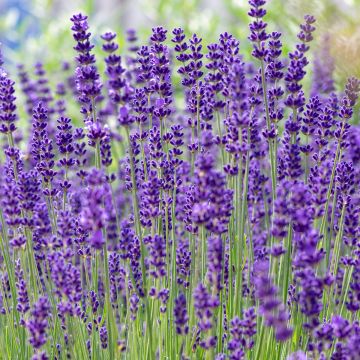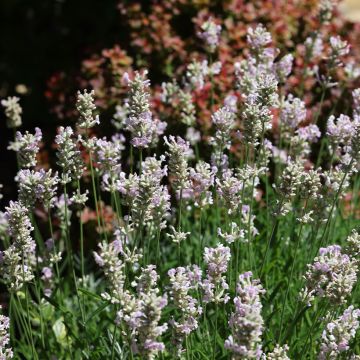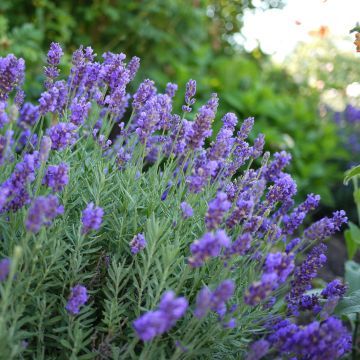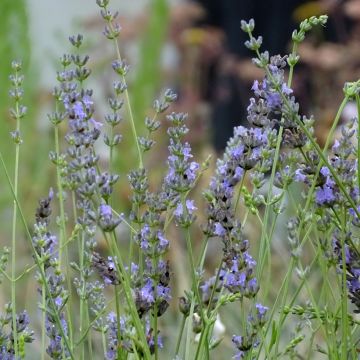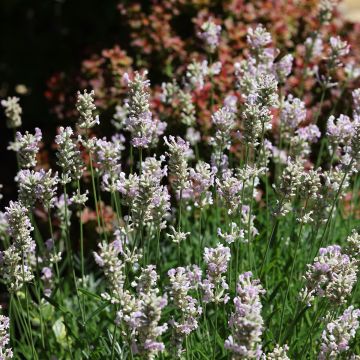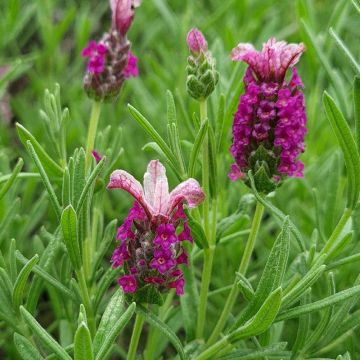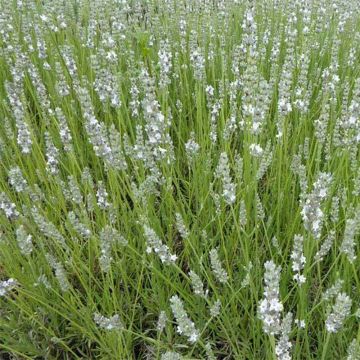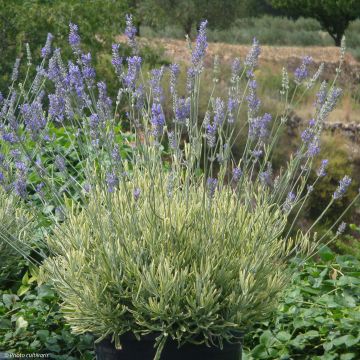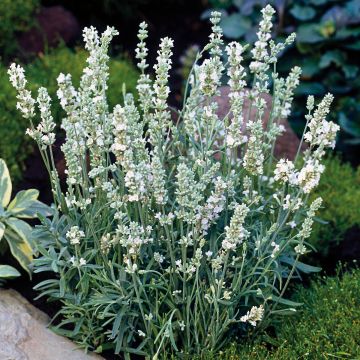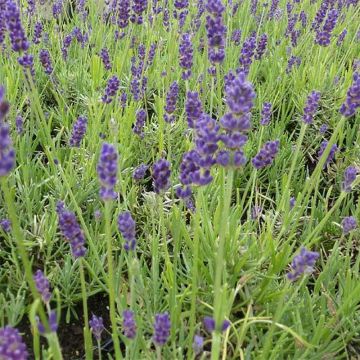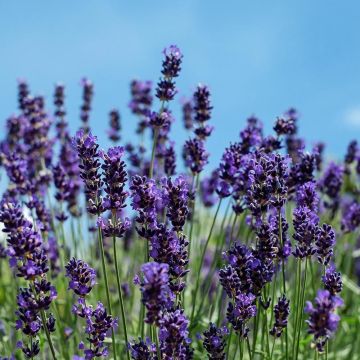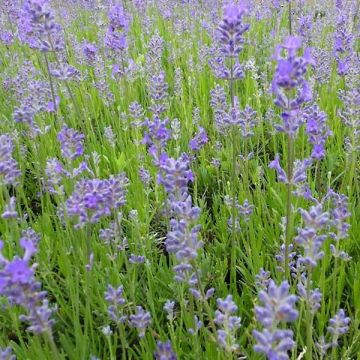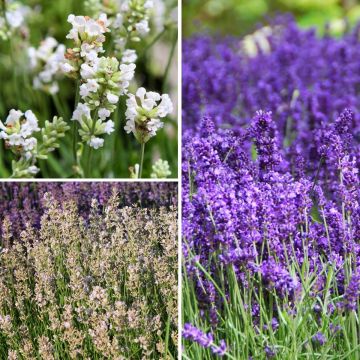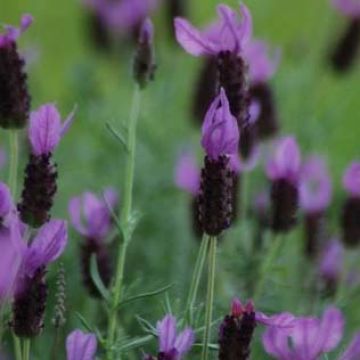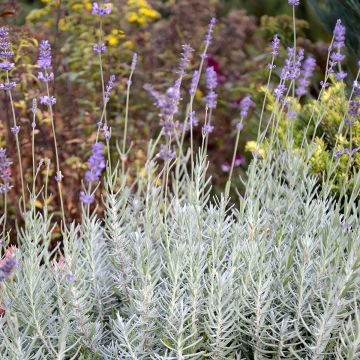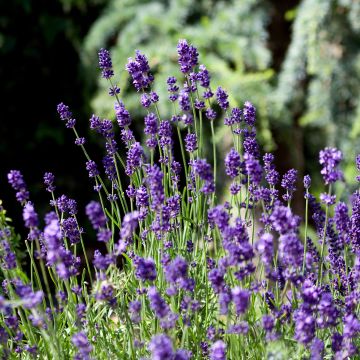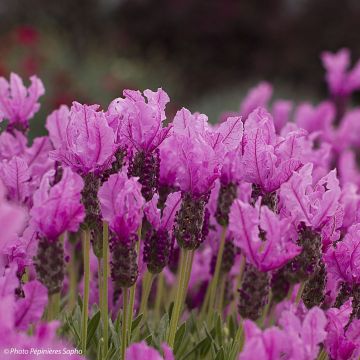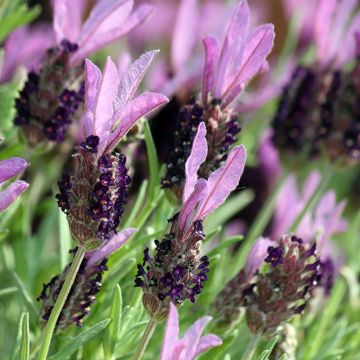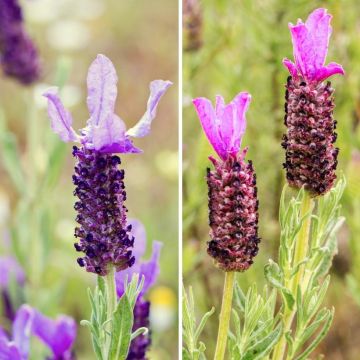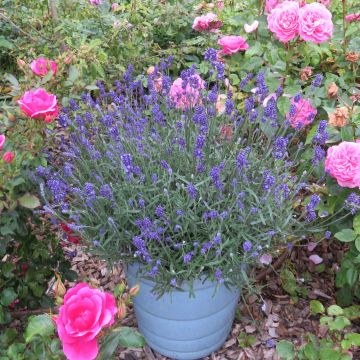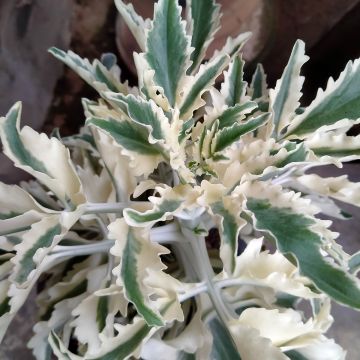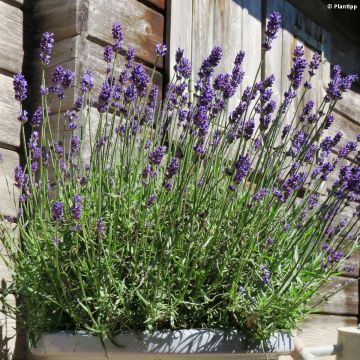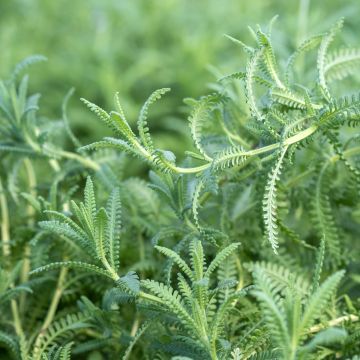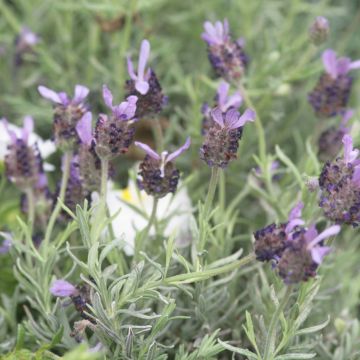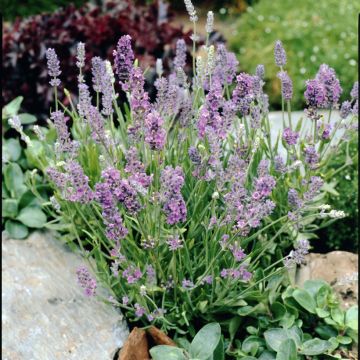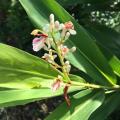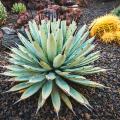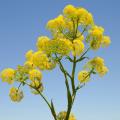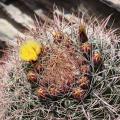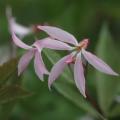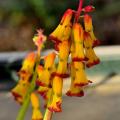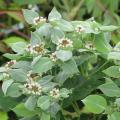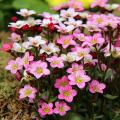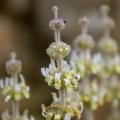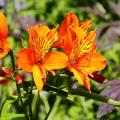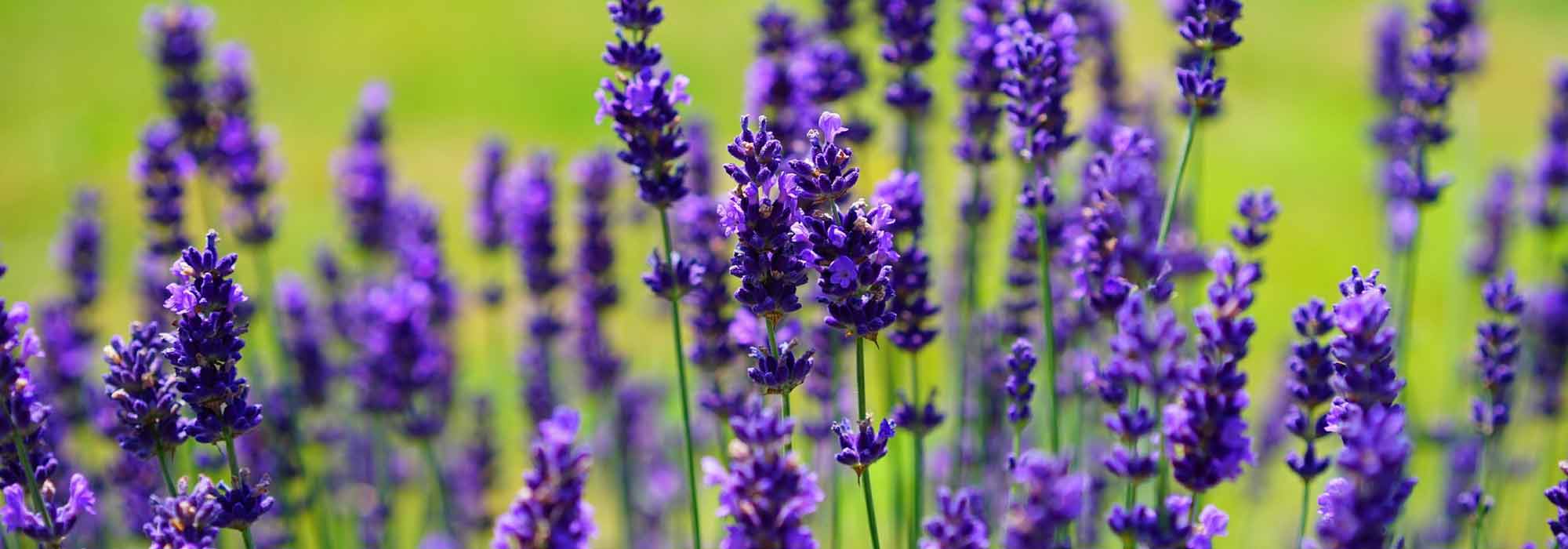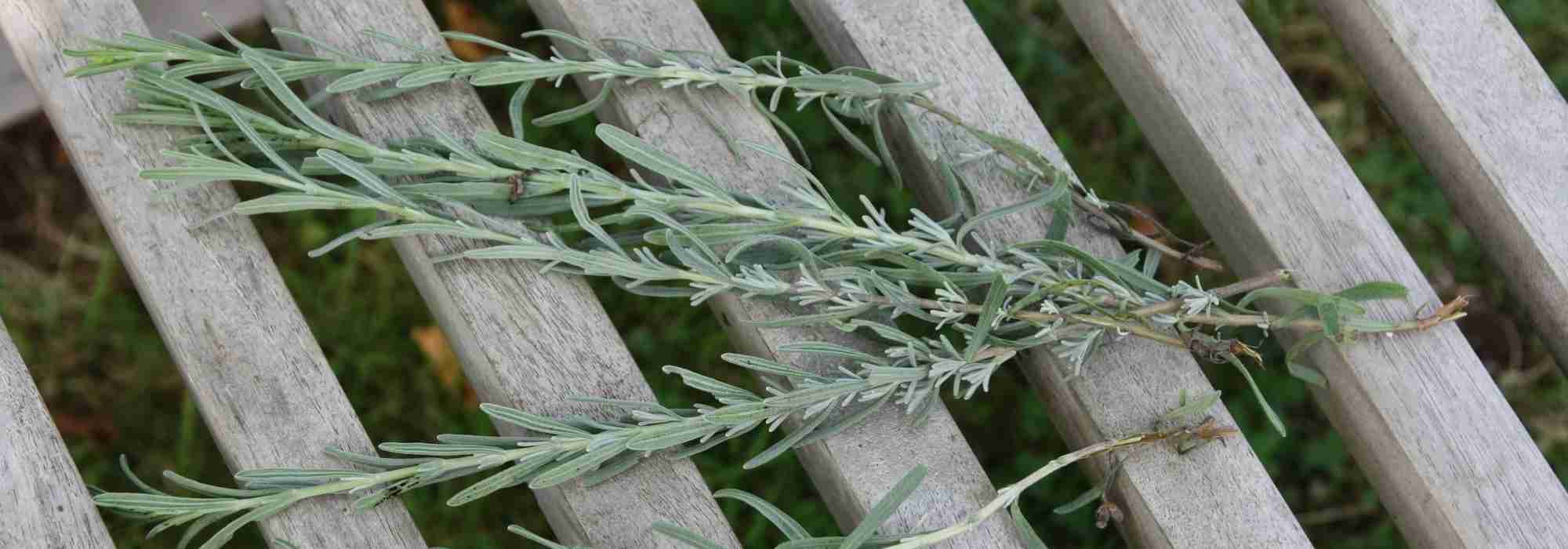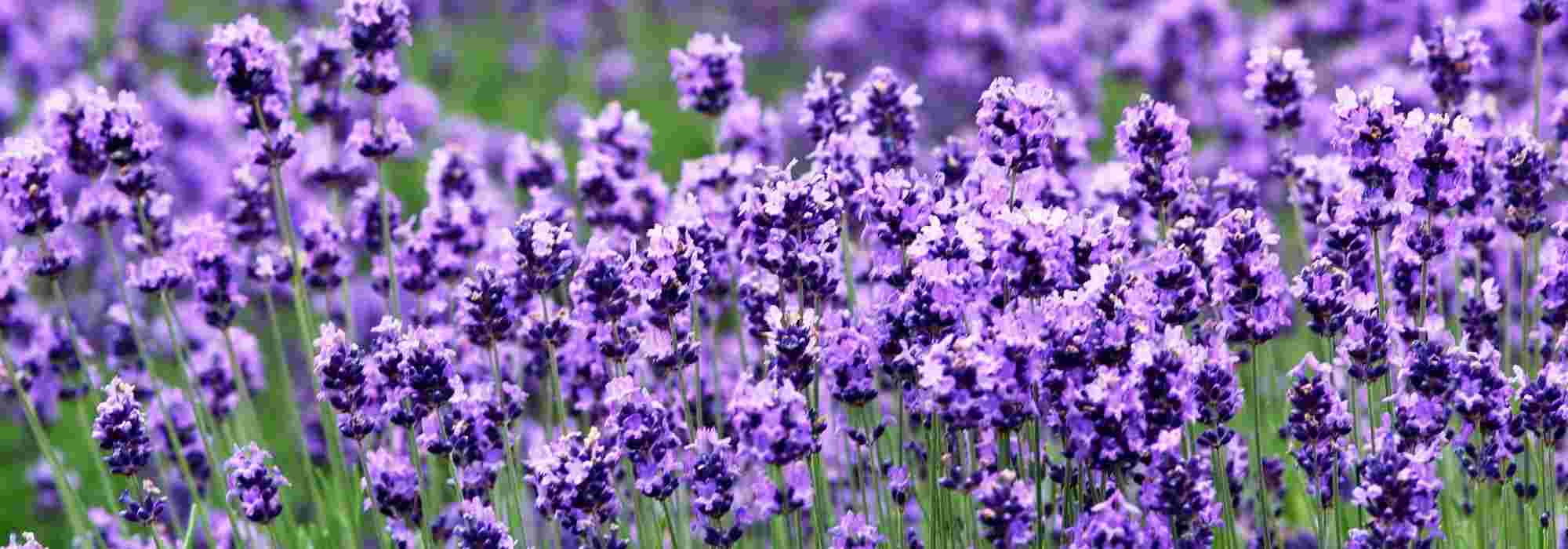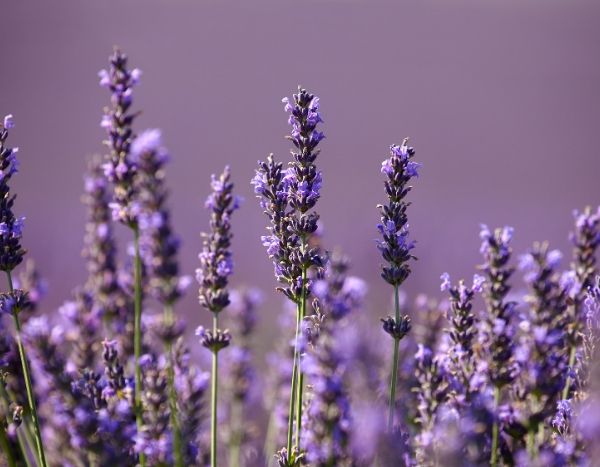Lavendula - Lavender
Would this plant suit my garden? Set up your Plantfit profile →
Available in 4 sizes
Available in 6 sizes
Available in 2 sizes
Available in 4 sizes
Available in 3 sizes
Available in 1 sizes
Available in 3 sizes
Available in 1 sizes
Available in 2 sizes
Available in 1 sizes
Available in 2 sizes
Available in 4 sizes
Available in 1 sizes
Available in 1 sizes
Available in 2 sizes
Available in 2 sizes
Available in 2 sizes
Available in 1 sizes
Available in 1 sizes
Available in 3 sizes
Available in 2 sizes
Available in 3 sizes
Available in 1 sizes
Available in 1 sizes
Available in 1 sizes
Available in 0 sizes
Available in 1 sizes
Available in 1 sizes
Available in 1 sizes
Available in 1 sizes
Available in 2 sizes
Available in 3 sizes
Available in 1 sizes
Available in 2 sizes
Available in 0 sizes
Available in 1 sizes
Available in 1 sizes
Available in 1 sizes
Available in 1 sizes
Available in 1 sizes
Available in 1 sizes
Available in 1 sizes
Available in 1 sizes
Lavenders or lavandula are plants known for the fragrance of their flowers and their aromatic foliage. Each area has its own lavender! The Lavandula angustifolia are hardy and grow in limestone or clay-limestone soils. They have summer early flowers (late June to late July), and are mauve or lilac in color with green to gray foliage. The Lavandula Stoechas or butterfly lavender is semi-hardy (-10°C (14°F)) and grows in acidic soil. It has a spring and autumn bloom and is purple in color with gray foliage. Very little is needed to look after the plants in all cases, no watering and sunny exposure. Tips: After harvesting the scented spikes, it is necessary to prune the lavender to avoid favoring the wood and disrupting the shape of the shrub. For pruning: On young plants it is best to cut back half of the branches to thicken the clump. On old plants, prune all branches to 10cm (4in). To rejuvenate old plants, cut back the old branches as close to the stump as possible to ventilate the clump and prune the others above young shoots. With proper pruning, a lavender plant can be kept for a maximum of 10 years. Therefore, it is necessary to take cuttings in mid-August by taking non-flowering branches (about 20cm (8in) with a heel) in a moist mixture of potting soil and sand. After two months, they can be transplanted into open ground.
Haven't found what you were looking for?






























